Digital recording technology has come a long way, and at the forefront of recording tech you'll find 32- bit floating point recorders. From a production standpoint, advancing from 16-bit recording to 24-bit recording makes a big difference in fidelity and overall audio quality. But why 32-bit float recording? What is 32-bit float recording anyway, and will it really make much of a difference compared to 24-bit recording? Let's take a look at what 32-bit float recording is, how it works in practice, and how your audio productions will benefit from it.
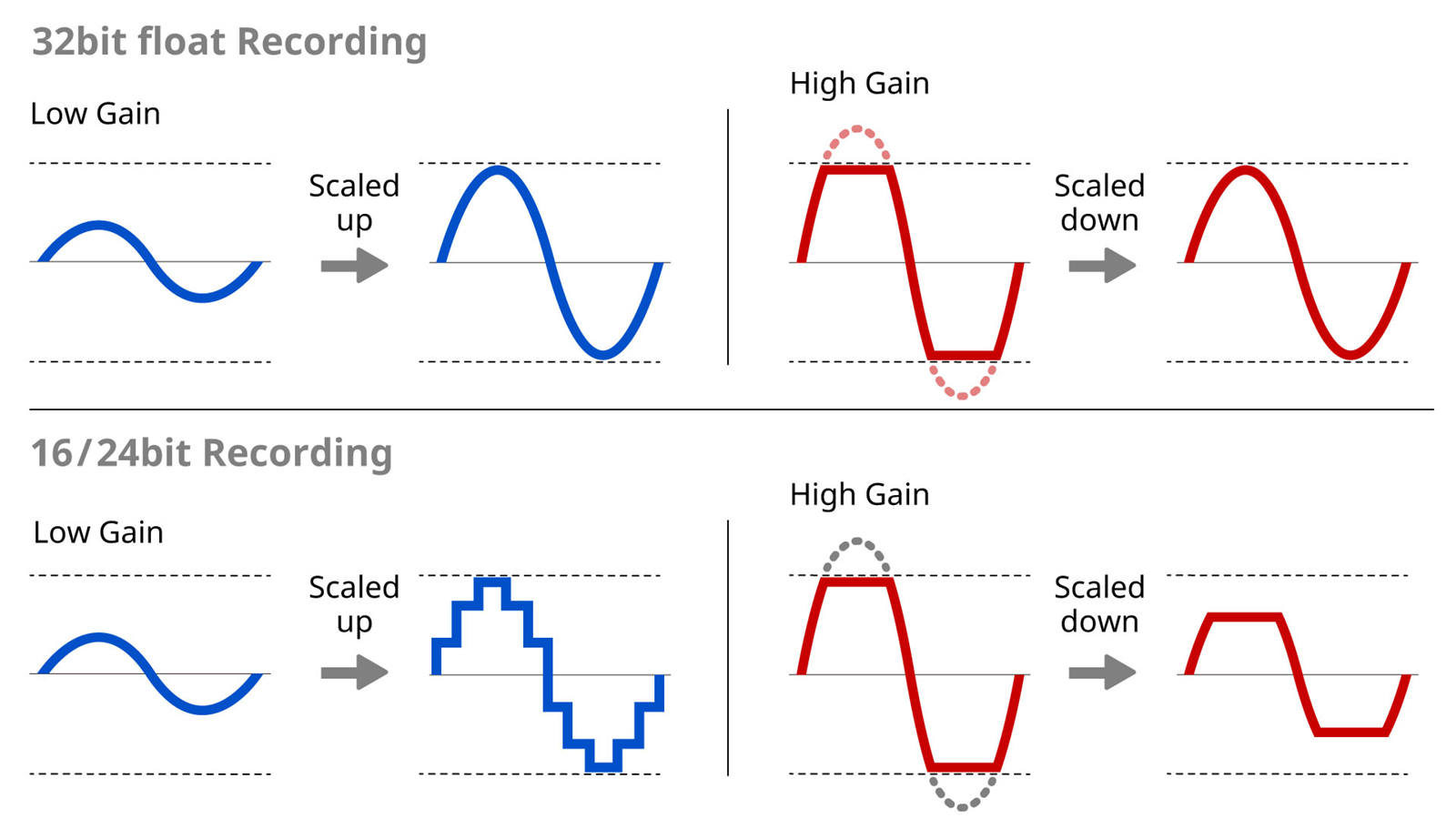
The simplest way to describe bit depth (in terms of recording audio) is that it represents the dynamic range you can capture without distorting the audio. This determines how loud of a sound you can record without introducing digital clipping, for sure, but it also determines how much higher your recordings sit above the always-present noise floor. In other words, recording at higher bit depths not only allows you to record louder sounds without risk of distortion, it also means your recordings will have a lower audible noise floor. For comparison, let's look at the dynamic range that different bit depths allow for:
16-bit: approximately 96dB of dynamic range
24-bit: approximately 144dB of dynamic range
32-bit float: approximately 1680dB of dynamic range
While there are plenty of recording scenarios that can generate levels above 96dB (close-miking a snare drum comes to mind), it would seem that the 144dB dynamic range allowed by 24-bit recording would be plenty to capture any sound you could possibly encounter. So why 32-bit float recording? What could possibly be so loud that you'd need 32-bit float dynamic range? The real benefit of 32-bit float recording actually has to do with its lower noise floor, and how that can greatly benefit your workflow as a recording engineer, videographer, or any other type of audio professional.
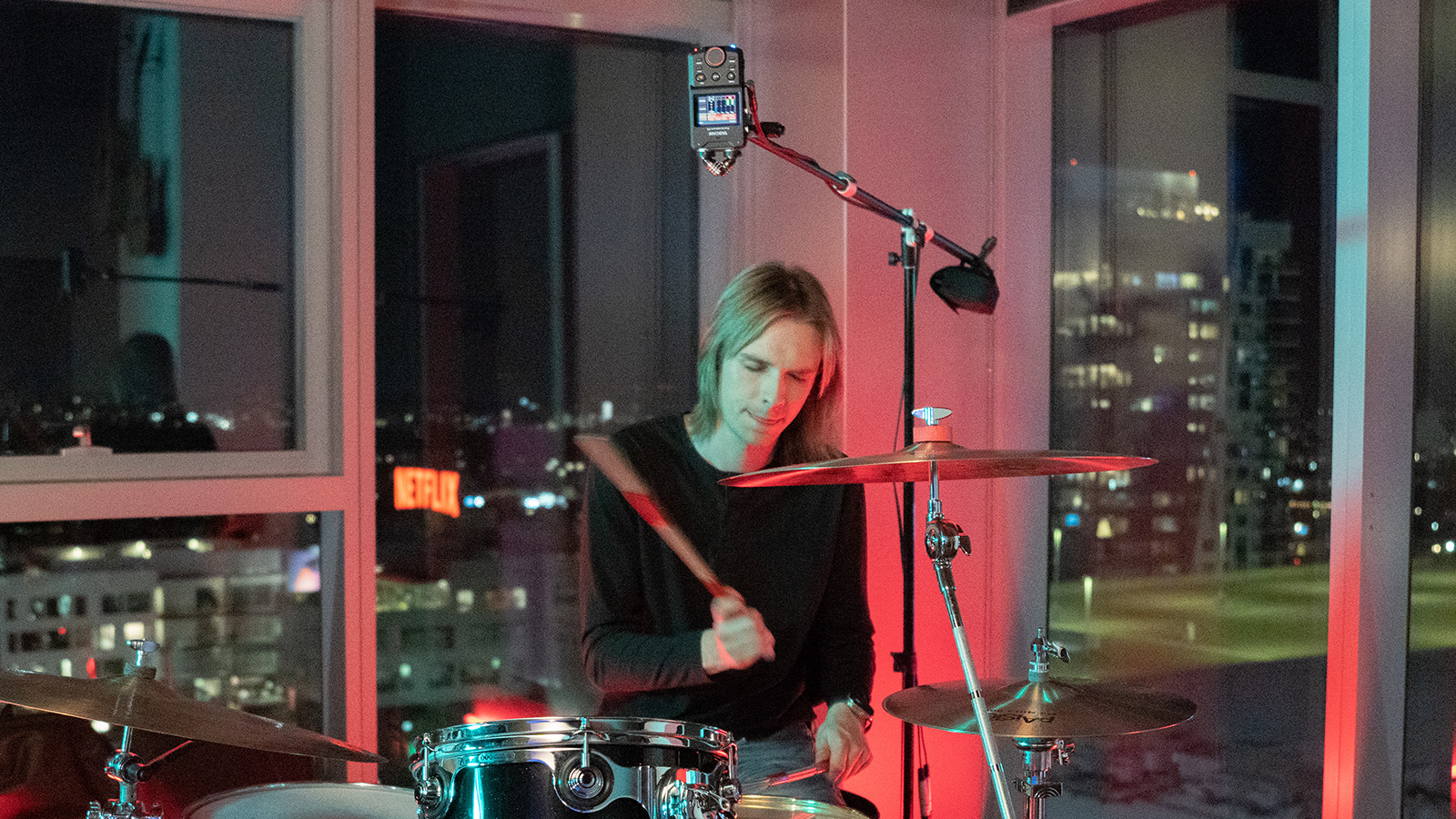
To understand the benefit of 32-bit float recording, let us make an example with one of the most dynamic sound sources in the world: the human voice. At a whisper, a voice may only reach 20-30dB, while a full scream can reach upwards of 120dB at certain frequencies. That's a huge range to capture, and makes vocal recording one of the more challenging aspects of music production. Even when recording spoken word for videography, our natural speaking patterns can cover a wide dynamic range. And while the voice's upper limit of around 120dB falls within the 144dB range of a 24-bit recorder, that doesn't tell the whole story.
The reality is that even when recording 24-bit or 16-bit audio, you need to optimize your recorder's input level to maximize fidelity. If you set the input gain too low, you'll capture loud screams without distortion, but quieter whispers will barely be above the noise floor. Alternatively, if you set your input levels too high, quieter whispers will be intelligible and well above the noise floor, but you're always at risk of distorting your recording if things get loud.
But let's say you've successfully recorded a passionate speaker without any digital clipping, and you're ready to continue with your production. In your DAW or NLE software, you will need to make some gain adjustments to softer-spoken parts of the dialogue. Even with a 24-bit audio file, increasing the level of a quiet section can quickly introduce unwanted noise, because it was recorded too close to the noise floor. You may also notice that the quieter section's overall audio quality has less fidelity than audio that was recorded at an appropriate level, even when you match their volume. If you recorded at a higher input level, you would have risked digital distortion when things got loud, but now you are unable to increase the level of soft sounds without introducing noise. This is where 32-bit float recording comes to save the day.
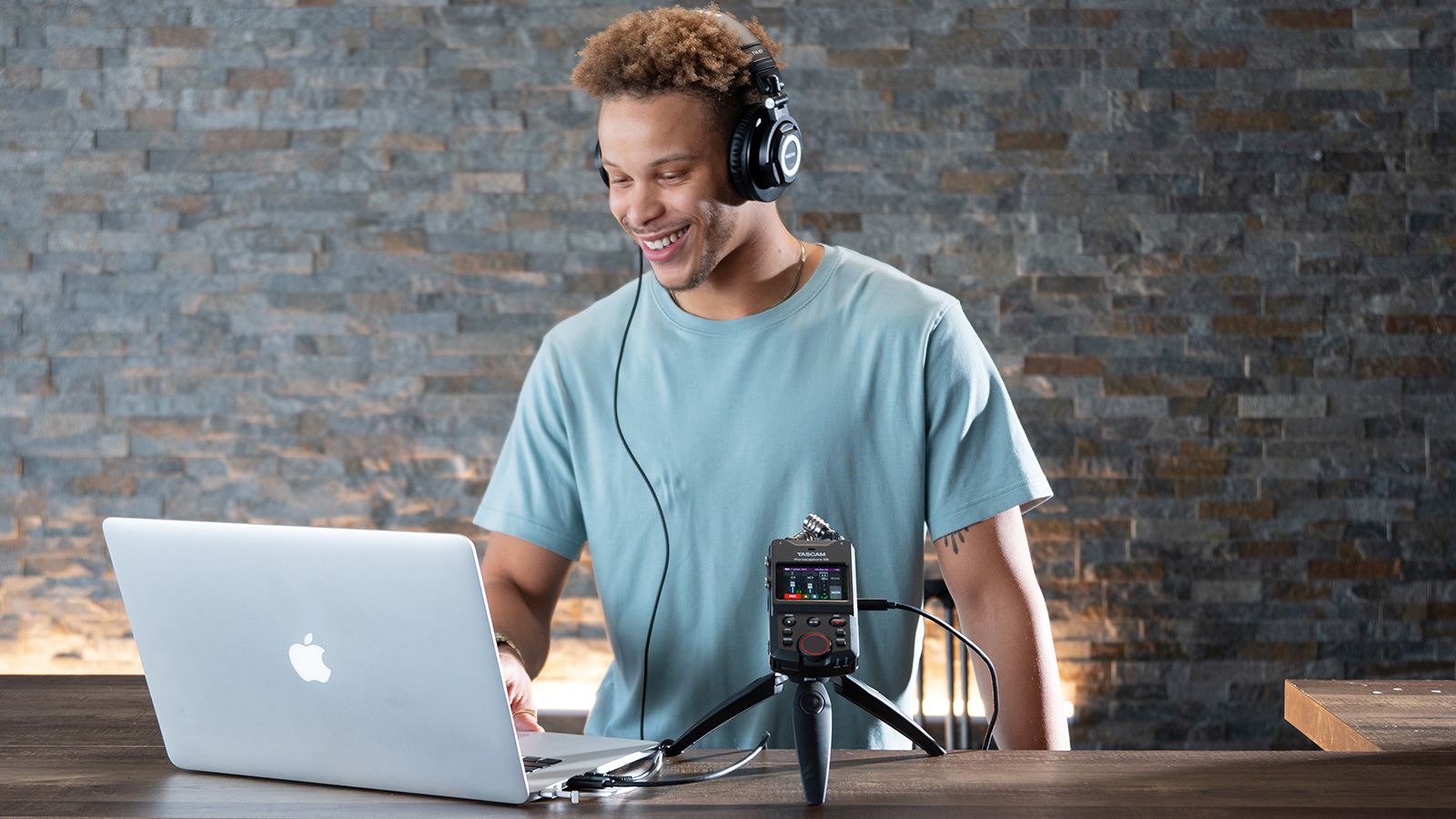
sWith a 32-bit float recorder like the TASCAM Portacapture X6 or Portacapture X8, you can hit record without ever worrying about digital clipping. In fact, you don't even need to set an input level with a 32-bit float recorder — the huge dynamic range that 32-bit float offers means your audio is always captured well above the noise floor, and also makes it basically impossible to distort due to high input levels.
Audio professionals are used to optimizing input levels at every link in the signal chain, and the fact that you don't need to adjust input levels for 32-bit float recording can sound too good to be true. The reality is, with 32-bit float recording you can turn on your recorder, hit record, and be 100% confident that you'll be capturing high-fidelity, low-noise audio, without ever adjusting your input level.
After you've recorded audio in 32-bit float format, any quiet sections of your recording can be increased in volume in your DAW or NLE software without adding any noticeable noise. And loud sections that would have clipped a 24-bit or 16-bit recorder can be reduced in level, without any digital distortion or clipping. Thanks to 32-bit float recording, you were able to set up and record without ever worrying about signal levels, and you did not need to scrap any audio due to noise or clipping afterwards.

The reason 32-bit float recorders like TASCAM's Portacapture Series are able to capture such a wide dynamic range has to do with the analog-to-digital conversion (ADC) stage. With 16-bit and 24-bit recorders, a single ADC handles the entire dynamic range, and you need to set your input level so that audio hopefully stays within that range. Audio that is too loud will be clipped at the top of its waveform, creating harsh-sounding digital distortion that will likely mean you need to scrap the audio. Audio that is too quiet cannot be raised in volume without also bringing up excessive noise, and lacks fidelity if increased in level anyway.
In a 32-bit float recorder, you have two ADCs working in tandem to create a single audio file. One “low gain” ADC is optimized for high-level audio, and the other “high gain” ADC is optimized for low-level audio. If the high gain ADC clips due to loud sounds, the low gain ADC does not. And if sounds are too quiet for the low gain ADC to capture clearly above its noise floor, the high gain ADC still has plenty of headroom above its noise floor. Said another way, the low-level ADC handles the quieter sections, and the high-level ADC handles loud sections.
The resulting 32-bit audio file will have no digital clipping caused by loud sounds, and quieter sections are still well above the noise floor. In your DAW or NLE software, loud sections of a 32-bit float audio file may visually appear to be clipped, but as you lower their gain to sit well in your production you'll hear that there is actually no distortion, and you'll see that the actual waveform is smooth and not chopped off at the top. Likewise, you can isolate quiet sections and raise their gain to increase their volume without bringing up excessive noise, and you'll notice they sound crisp and clear as if you had recorded them at the “appropriate” input level. If you've spent long hours fine-tuning input levels, struggling to salvage clipped audio, and trying to remove noise from low-level audio, working with 32- bit float audio recordings can indeed seem like magic.

As a videographer or recording engineer, you know how important it is to capture clean audio right from the start. When you're recording a large event like a wedding or a graduation, you simply don't have the option to make someone give a speech a second time if audio levels were poor. Even in a controlled setting like a recording studio, you don't want to lose the perfect performance due to some digital clipping or excessive noise. 32-bit float recording removes these obstacles from your workflow, allowing you to focus on other aspects of your production with the assurance that you're always capturing quality audio. With a 32-bit float recorder like the TASCAM Portacapture X6 or X8 you can start recording faster, capture better audio, and create better-sounding productions without performing sonic surgery in your DAW or NLE software.
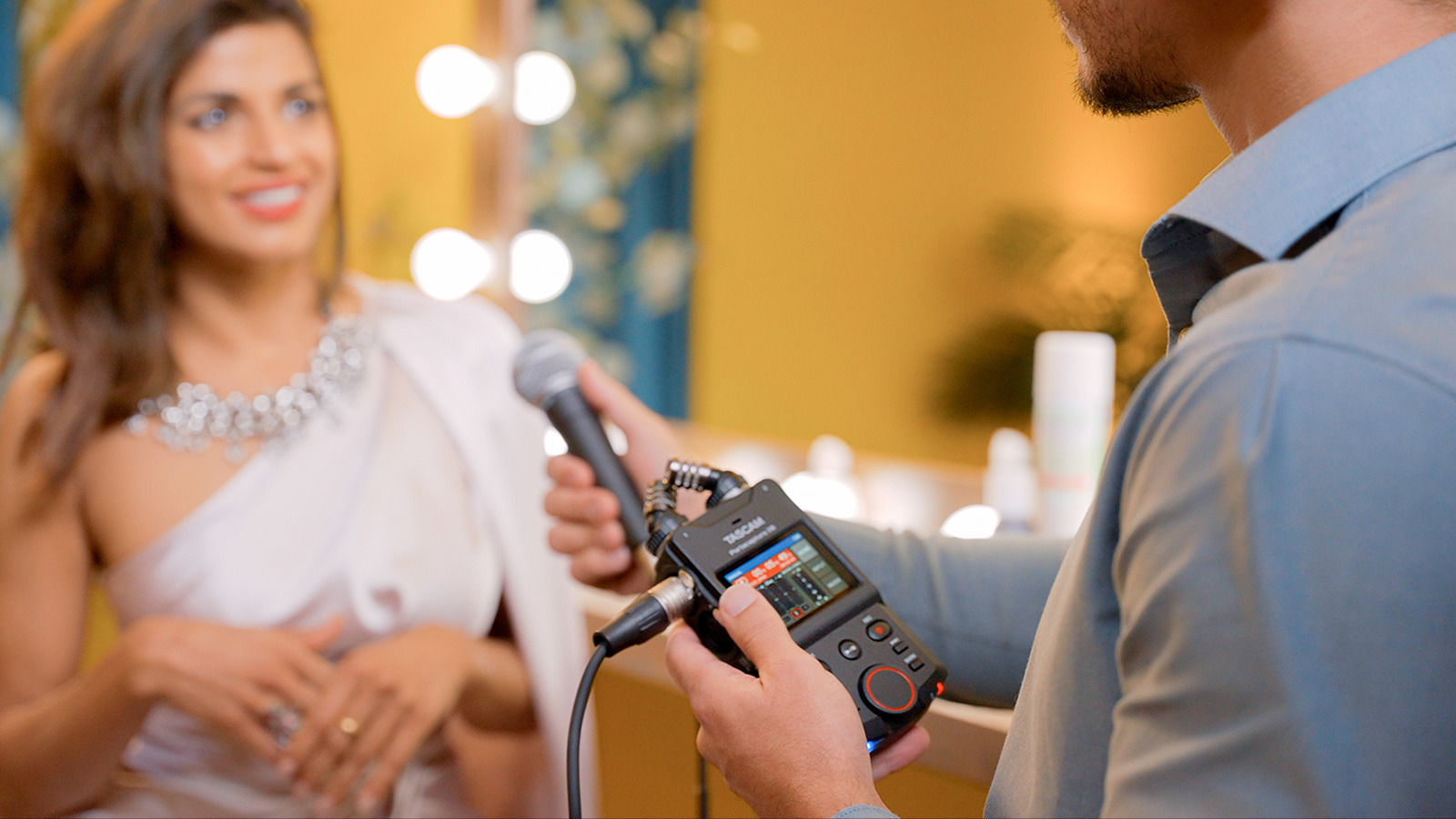
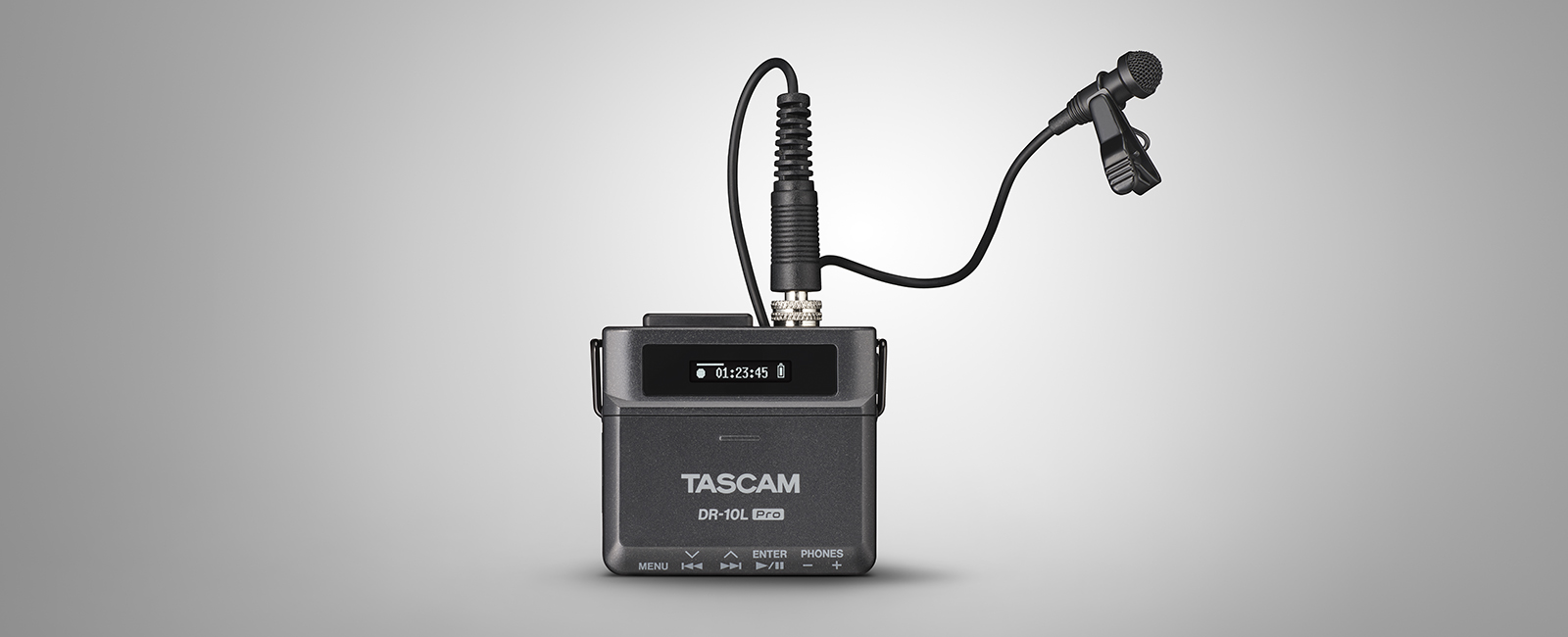 DR-10L Pro
DR-10L Pro
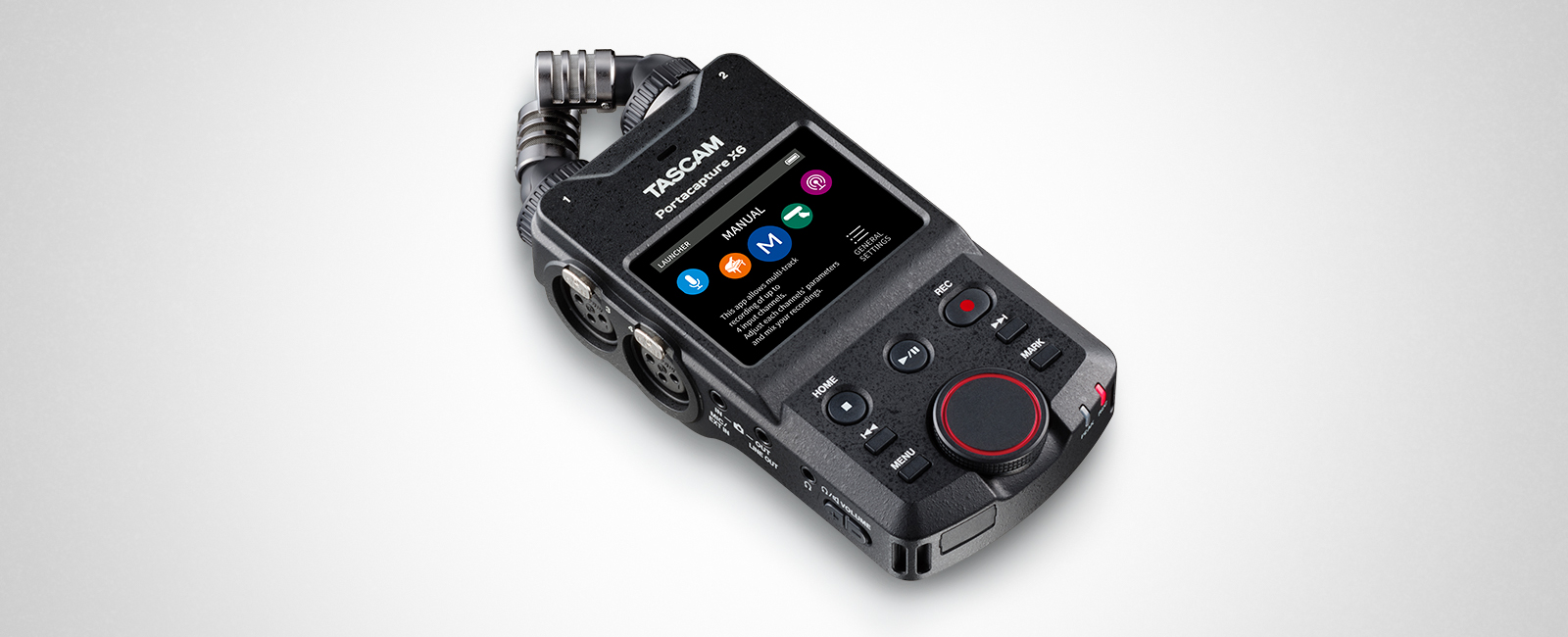 Portacapture X6
Portacapture X6
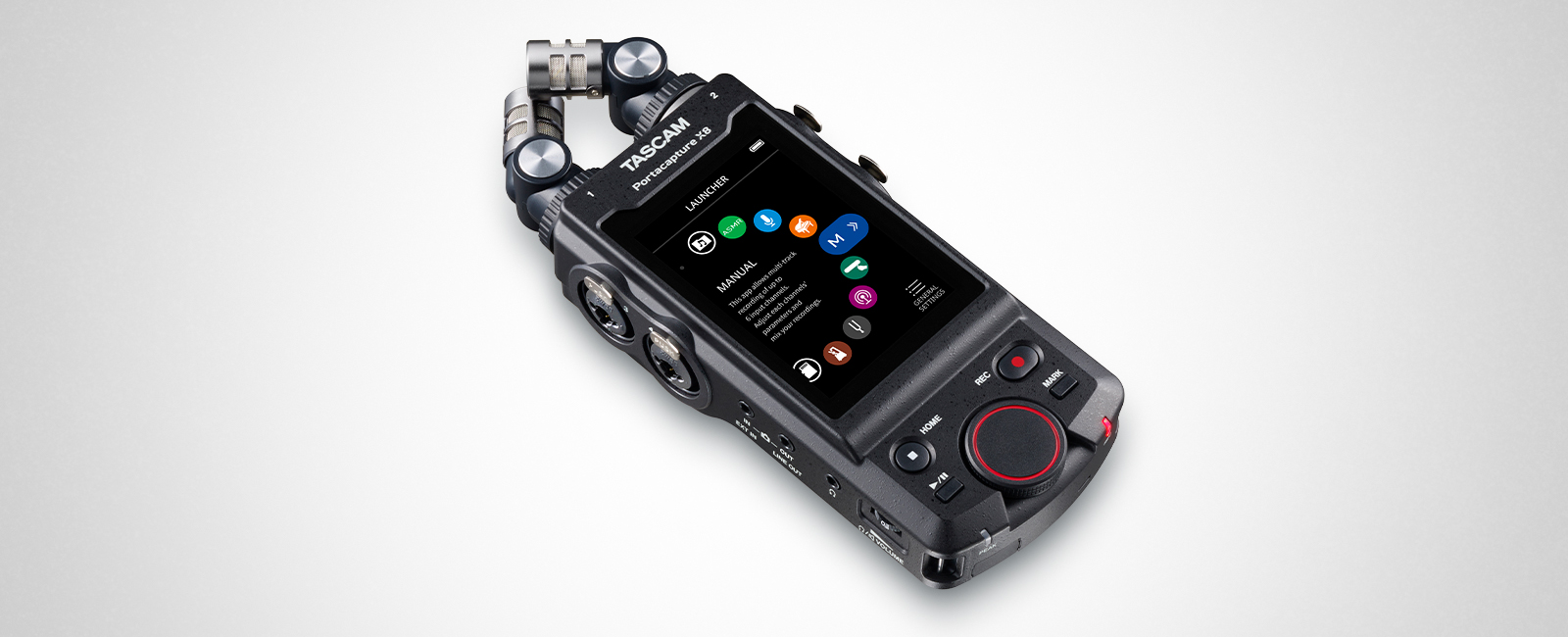 Portacapture X8
Portacapture X8